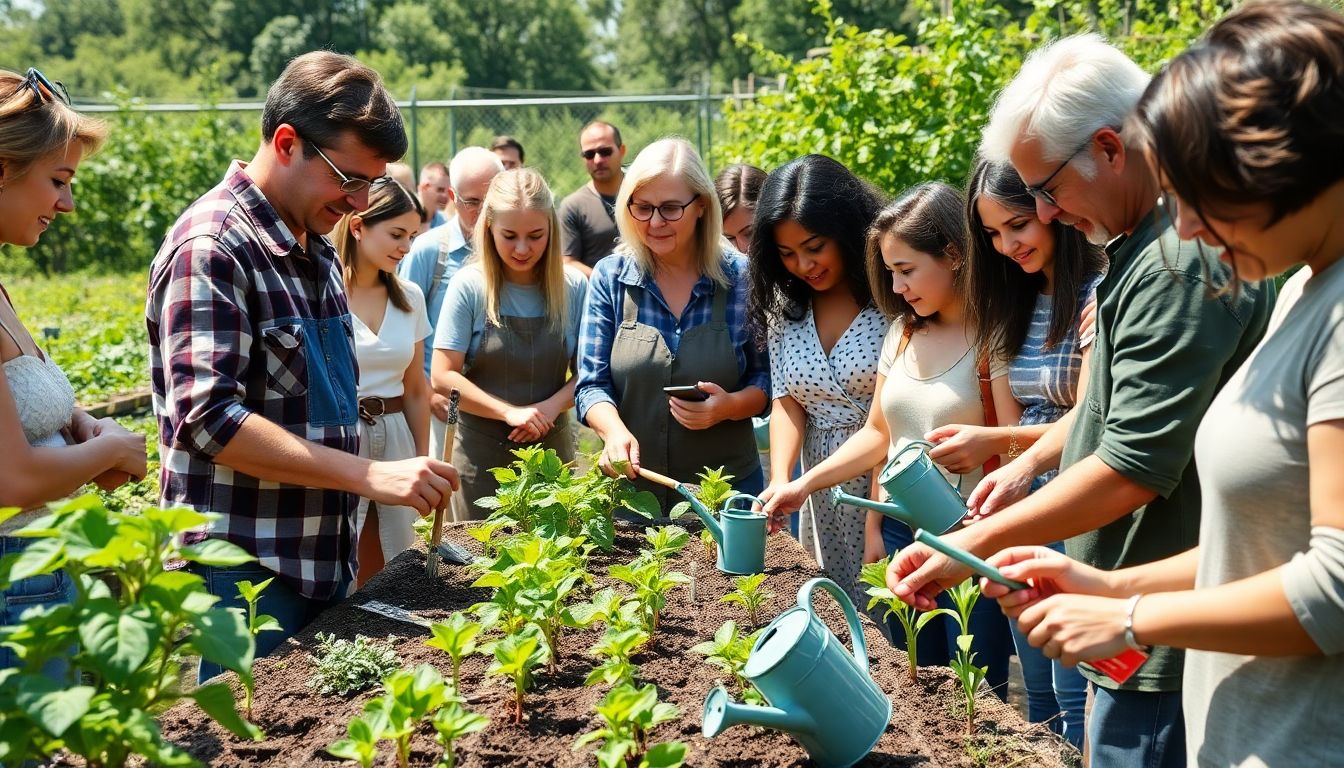When to Pick Pears

“There are only ten minutes in the life of a pear when it is perfect to eat.” – Ralph Waldo Emerson
A ripe pear is a sweet, juicy treat, but it is often difficult for the grower to determine when the time is right to harvest your pears. Unlike other fruit, pears do not ripen on the tree. If left on the tree too long or picked too early, they either remain rock hard or turn gritty and mushy. Pears ripen from the inside out so by the time the outside is ripe the inside is mushy and mealy.
Types of Pears
European pears include fall and winter pears. Fall pears do not need a storage period before they are ready to use, and winter
pears will not mature properly unless they are given a resting
period in cold storage immediately after picking. The fall pears are
earlier ripening varieties such as Bartlett, Clapp Favorite, and Orcas,
while those that ripen later, such as Bosc, Comice, and Highland, are
winter pears.
When To Pick a Pear
The key to picking pears is doing so when they are mature but not fully ripe. Look up the maturity date for your pear variety and begin checking your tree regularly before this date. The pear will be green and feel very firm when it is mature. Tip the pear to the horizontal position and if mature it will easily break away. If it clings it is not mature. You should not have to tug and pull your pears off.
It is helpful to write on a calendar when you picked your pears and begin check for maturity one or two weeks prior to that.

Allowing Pears To Ripen
After picking, fall pears can be kept at room temperature
until ready to eat. They are ready to eat when yellow color develops and the fruit begins to
soften. Fall pears can be stored but usually do not keep for very long. Storing in a refrigerator or cool dark place is helpful in extending storage life. Fall pears are best used for canning and drying.
Winter pears should be put into some kind of cold storage (below 40°F,
down to 33°F) for least 3-4 weeks. You can start to bring out fruit as needed to soften up at room temperature on the counter.




